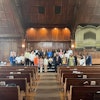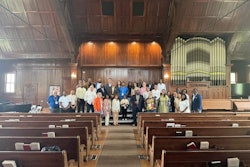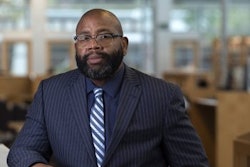Families of students at historically Black colleges and universities (HBCUs) value higher education as their non-HBCU peers but are increasingly burdened by the financial costs, according to an online survey by education solutions company Sallie Mae and research firm Ipsos.

The survey found that 88% of HBCU students relied on grants and scholarships (compared to 80% overall) and reported average amounts 51% higher than families at large ($14,217 compared to $9,427).
It also revealed that cost was the largest factor in the college decision-making process for HBCU students; 89% eliminated schools from consideration based on cost. However, only 33% of HBCU families said they developed a plan to pay for all years of college, compared to 59% of all families.
Additionally, HBCU students whose parents borrowed at similar rates as parents overall reported average amounts that were 20% higher than families overall — $14,282 compared to $12,852. And Federal Parent PLUS loan average balances stood out as being significantly higher for students attending HBCUs than families overall —$14,207 versus $5,795, on average.
The report concluded that while they are willing to stretch financially, not all families take steps to make education more affordable. It suggested policy steps to help such as scholarships and federal student aid system reform.









